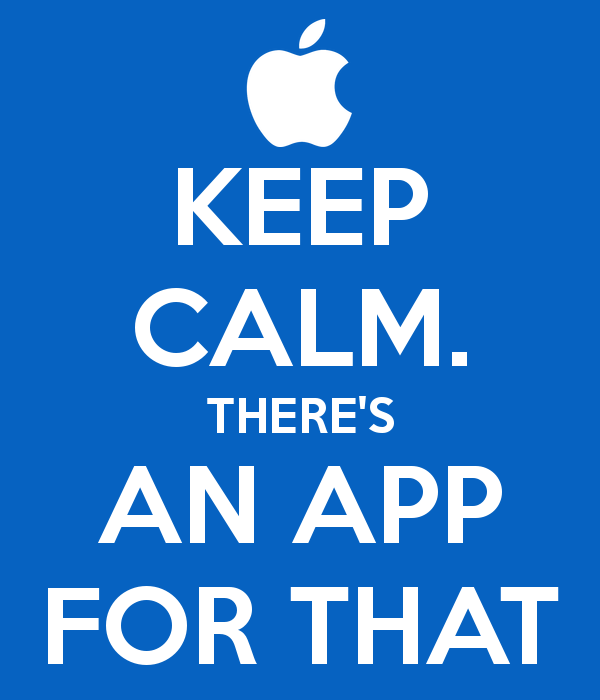
By Kelly Bonner
There are apps to play games, apps to tell you what the weather will be, apps to tell you how many carbs you have eaten or how many steps you have taken; but, did you know there are also apps to help kids with disabilities? You name it, they cover it. With just a couple key strokes, I was able to find apps for individuals with speech delays, communication difficulties, aphasia, impaired motor abilities, Autism, learning disabilities and trouble with reading, writing, or spelling. And that is not an exhaustive list. There are so many apps available that I can easily see how one may feel overwhelmed and not know where to begin. Thankfully, there is an app for that, too – well, maybe not an app, but at least a couple great websites to help you sort it all out.
One Place for Special Needs offers a “complete guide to educational and special needs apps.” This guide was designed by a mother of a child with special needs who was overwhelmed by all the available options and did not want to waste money on useless apps. This website breaks down the apps by skill set so you can look for specific apps that would best help your child.
The National Center for Learning Disabilities also has a couple of good resources listed on their website. They too have topics broken down into specific categories like "Dysgraphia and Writing Difficulties," "Dyslexia and Reading Difficulties," and "Organization and Study for Students with Learning Disabilities." If you search their site you can find all sorts of resources to help you navigate the world of assistive technology to better help your child.
Another great website I found was te@ch thought, which includes all types of insight on technology, apps and learning for students with a disability. They take a look at 50 apps designed to help students with a reading disability and then break the apps down to five main categories: helpful tools, fundamentals, reading, spelling and writing.
The Disability Network has also put a list of apps together. These apps focus on bettering the lives of students with disabilities by helping them develop social skills and learn how to adapt in different situations.
 Maybe you are looking for something to get your kid active? Well, there’s an app for that, too. One free and funny option is an app called Crazy Motion. This app allows you to add any picture onto a number of different dancers. You can add a picture of your child and have them try to dance along with their cartoon figure. If your child’s disability doesn’t allow much physical movement, there is yet another app available. Eye Jumper allows you to control the game with just your facial expressions.
Maybe you are looking for something to get your kid active? Well, there’s an app for that, too. One free and funny option is an app called Crazy Motion. This app allows you to add any picture onto a number of different dancers. You can add a picture of your child and have them try to dance along with their cartoon figure. If your child’s disability doesn’t allow much physical movement, there is yet another app available. Eye Jumper allows you to control the game with just your facial expressions.
Finally, of all the apps I looked at, I think this next one has to be my favorite! It’s called iBitz. IBitz is an activity tracker just like many other activity trackers. It measures how much activity you have done in a day and lets you enter goals. Where it differs is in how it can be used. IBitz can be connected through an app that allows your child to earn time to play video games, open up new levels on a game or even allow television viewing privileges. So, if your child wants to watch his favorite cartoon or play his favorite video game after dinner, he or she will have to be sure to get in some physical activity before being allowed to do so. What a great app to make sure sedentary activity is matched by physical activity!
The cost of these apps can range anywhere from free to quite expensive. Typically, the more expensive apps allow for more individualization, so it may be more helpful for your child in the end. But, always do your homework first! Check out the reviews on an app before you purchase it and see what these reviews have to say about it. That way you will not end up wasting a lot of money.
